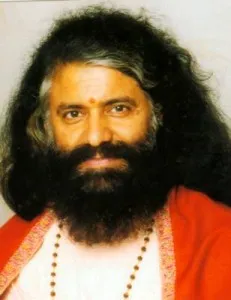
Parmarth Niketan Ashram, Rishikesh
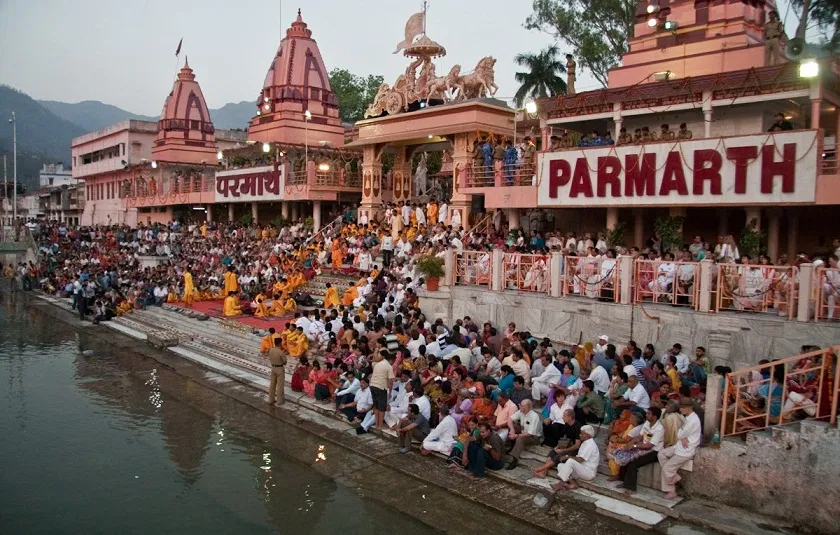
Best Astrologer in India: - Dr.A.S.Kalra
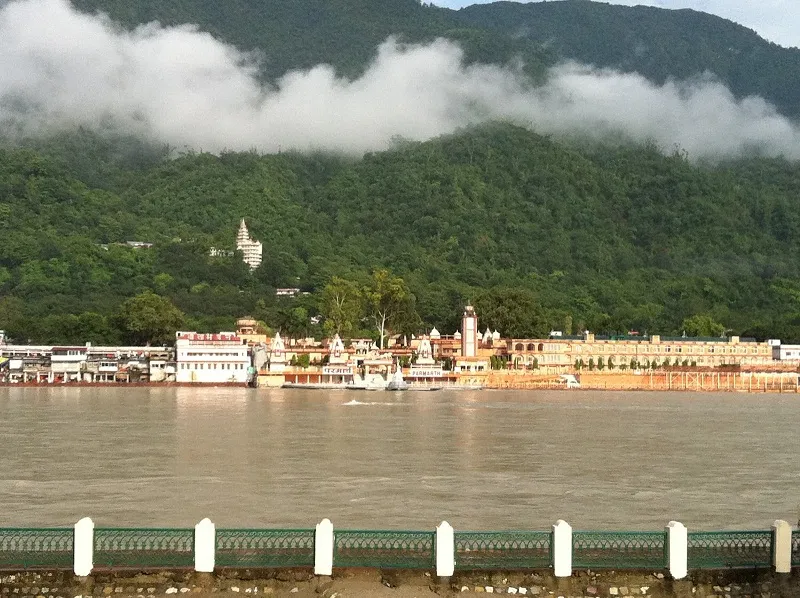

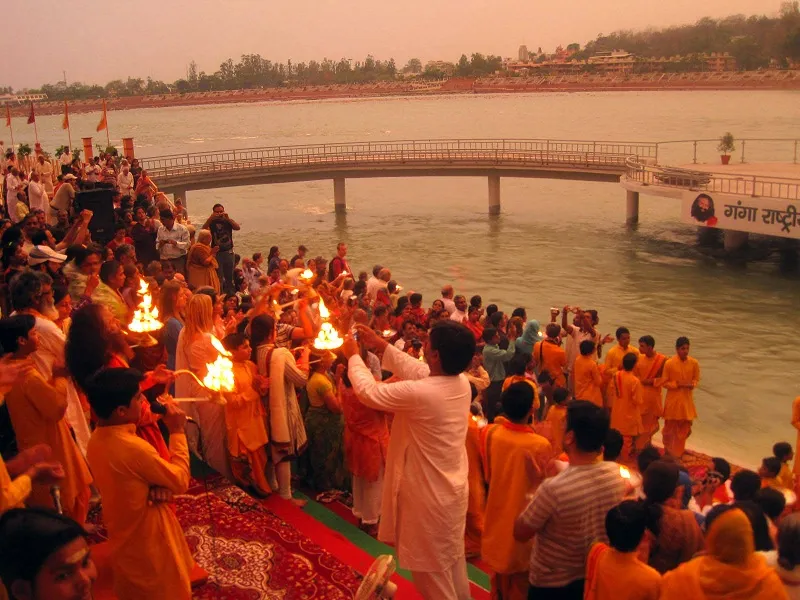
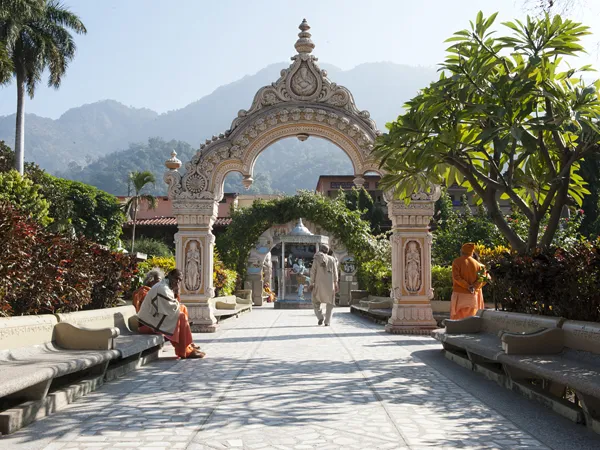
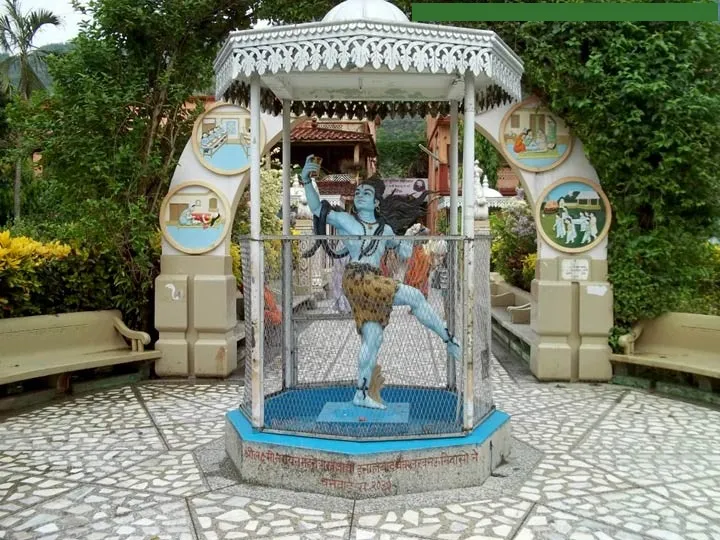
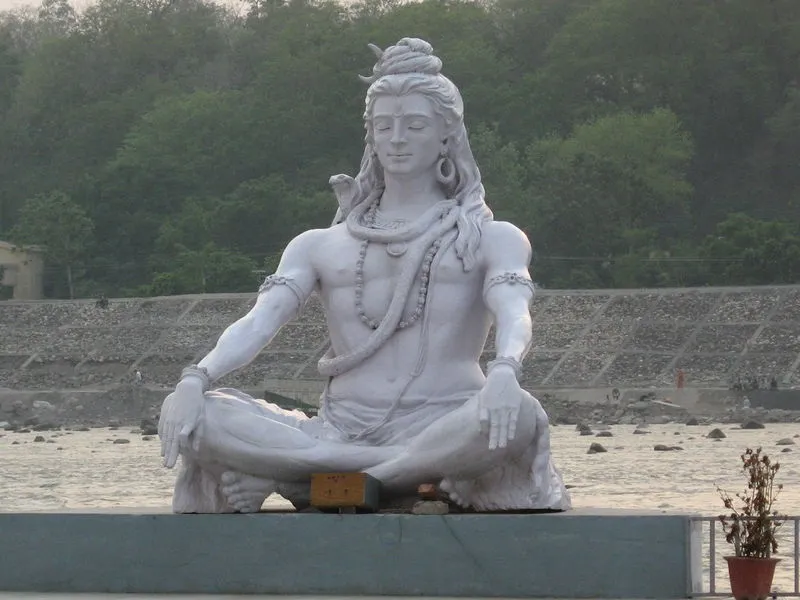
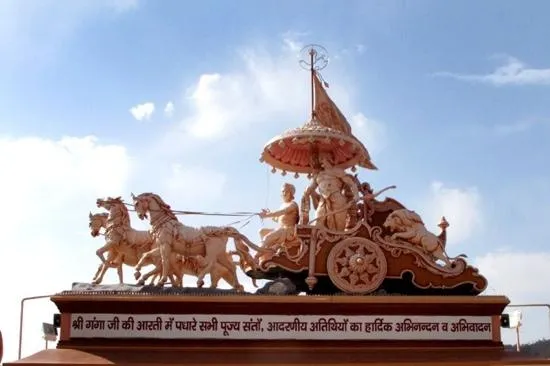
Parmarth Niketan Ashram, Rishikesh
A Spiritual Haven on the Banks of River Ganga
About Parmarth Niketan
Parmarth Niketan Ashram, located in the holy town of Rishikesh, is one of the largest spiritual institutions in India. Nestled on the banks of the sacred River Ganga and surrounded by the majestic Himalayas, the ashram attracts spiritual seekers, yogis, saints, and travelers from all over the world. It was founded in 1942 by Swami Shukhdevanandji Maharaj and is currently led by HH Pujya Swami Chidanand Saraswatiji.
Spiritual Significance
The ashram is renowned for its serene environment that encourages inner peace and spiritual growth. It serves as a hub of yoga, meditation, Ayurveda, pranayama, and satsangs. Every evening, thousands of devotees participate in the world-famous Ganga Aarti ceremony at Parmarth’s ghat, which has become a symbol of divine unity and devotion.
Highlights of Parmarth Niketan
- Daily yoga and meditation sessions by trained gurus
- The iconic evening Ganga Aarti on the banks of River Ganga
- International Yoga Festival held every March
- Spiritual discourses, satsangs, and bhajan kirtans
- Ayurvedic treatments and natural healing therapies
- Eco-friendly initiatives and charitable services
Stay and Facilities
Parmarth Niketan offers simple yet comfortable accommodation for devotees and visitors. The ashram provides clean rooms, vegetarian meals, meditation halls, gardens, and access to yoga programs. Its peaceful atmosphere makes it an ideal destination for spiritual retreats, self-discovery, and rejuvenation.
Location
Situated in the heart of Rishikesh, Parmarth Niketan is easily accessible by road, rail, and air. The nearest airport is Jolly Grant Airport, Dehradun, located around 35 km away. Haridwar railway station is about 25 km from the ashram.
Why Visit Parmarth Niketan?
Parmarth Niketan is not just an ashram, it is a spiritual experience. Whether you wish to learn authentic yoga, meditate in silence, participate in sacred rituals, or simply feel the divine presence of the holy Ganga, Parmarth Niketan offers a transformative journey for all.

